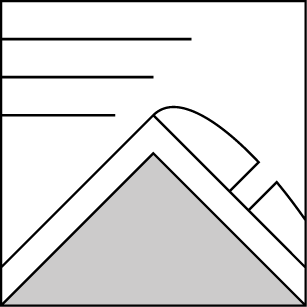Basic Information
Observation Details
Observation Date:
March 6, 2022Submitted:
March 7, 2022Observer:
WCMAC - Jane QuinnZone or Region:
Southern BitterrootsLocation:
Mt. Fuji, Lolo PassSigns of Unstable Snow
Recent Avalanches?
None ObservedCracking?
IsolatedCollapsing?
None ExperiencedSnow Stability
Stability Rating:
GoodConfidence in Rating:
HighStability Trend:
SteadyBottom Line
The three inches of "dust on crust" served to keep us just afloat on our descent. However, the melt-freeze crust below the surface could serve as a slick interface if we have a significant amount of accumulation on top of it that does not bond well. The persistent layer buried around 65 cm (26") appeared to be stubborn in our snowpit tests.
Media


Advanced Information
Weather Summary
Cloud Cover:
Mostly CloudyTemperature:
22 FWind:
Moderate , NPrecipitation was intermittent throughout the day, ranging in both rate and type from light to moderate and from snow crystals to graupel. As we ascended, winds increased to moderate and blowing snow was observed. There was not much loose snow available for transport but we did see the beginnings of wind slab formation.
Snowpack Observations
Skin track isolation tests revealed a 3" - 4" wind slab that was easy to trigger on the melt-freeze crust below.
CT24 Resistant Planar down 65 cm (26")
ETPN29 down 65 cm (26")
The melt-freeze crust measured around 15 cm (6"), which is a relatively skier-impenetrable surface when frozen.
Avalanche Problems
| Problem | Location | Distribution | Sensitivity | Size | Comments |
|---|---|---|---|---|---|
 Wind Slab
Wind Slab
|
|
Layer Depth/Date: 3-4" 03/06/22 Skin track isolation tests revealed a 3" - 4" wind slab that was easy to trigger on the melt-freeze crust below. |
Terrain Use
We decided to stick to terrain 35 degrees and below and to focus on the learning outcomes of the field day.
Close